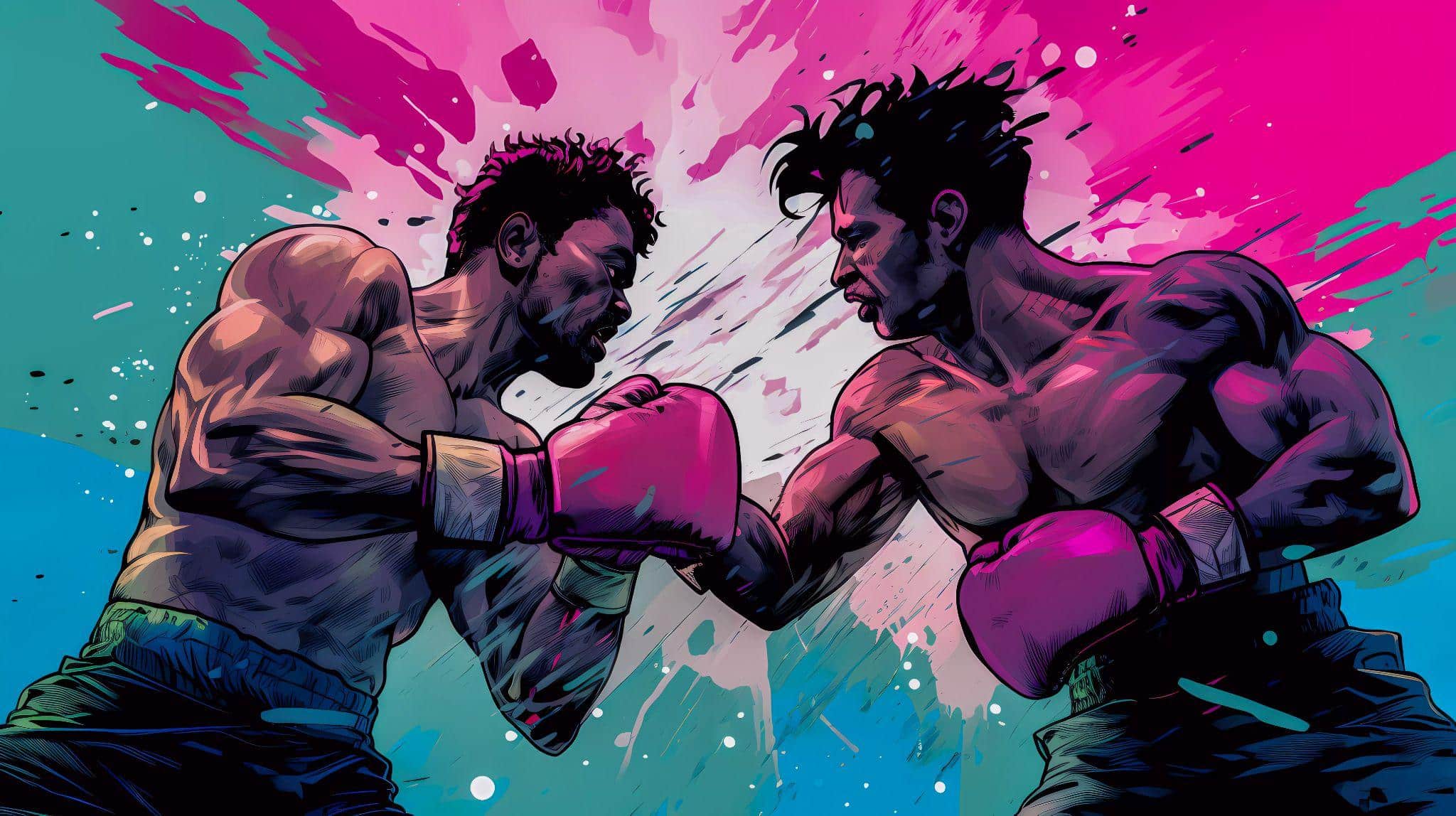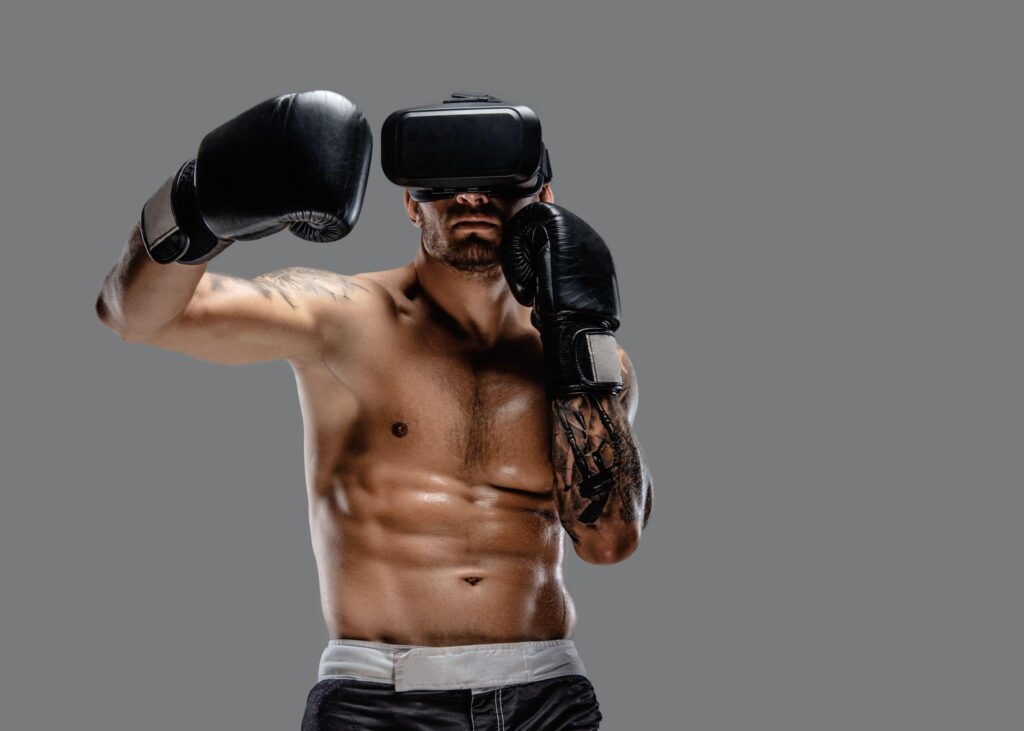The VR technology has entered sports training spaces in recent years, and boxing proves to be an unexpected application area. Of course, athletes cannot substitute real gym workouts, yet they gain the advantage of enhancing their time skills while improving their reaction speed and decision-making aptitude outside the ring environment. The boxer interacts with a virtual AI-controlled fighter who reacts in real time.
Shadowboxing with Data
The traditional practice of shadowboxing focused on rhythm and flow until digital elements emerged. The VR system records all boxing movements, including speed, foot placement, and angular movements, to create instant records. Athletes gain access to multi-dimensional session reviews, which help them recognize errors that escaped their awareness during training.
The advanced systems provide punch force and punch type measurements, enabling detailed analysis of technical execution. Fighters no longer need to wait for coach feedback since they receive instant data through real-time feedback. However, not only has boxing changed, but also for the athletes themselves. Digitalization and live analytics have come en masse to all martial arts, which has been appreciated first and foremost by betting fans.
Now, thanks to the availability of live 3D infographics and dynamically updated statistics on modern online betting portals, betting on boxing (or fistfights, UFC, judo – any sport) has become much more profitable. New information, conveniently structured, not only transforms the observer’s experience but also allows the fan to choose the best odds for his bet.
Training the Mind, Not Just the Body
The sport of boxing consists mostly of mental components, and virtual reality systems teach brain functions that standard physical exercises cannot. Virtual reality generates controlled, risk-free situations that duplicate stressful conditions, including crowded noises, fatigue, and unanticipated attacks. VR provides mental training exercises that emphasize:
- reaction speed;
- tactical choices;
- memory recall;
- attention switching;
- stress response;
These exercises aren’t just theoretical. Research shows that boxers who use VR technology achieve 15–20% better reaction times in their performance. The brain develops speed in information processing as the body executes tasks under stressful conditions.
Researchers from Germany proved in 2022 that competitive fighters enhanced their decision-making times by up to 0.3 seconds using VR-based mental reaction training.
Sparring Without Bruises
All-time sparring has been essential but dangerous for athletes. Virtual reality lets fighters experience diverse digital adversaries with authentic punch capabilities and defensive moves. Simulators allow users to customize opponent speeds and styles as an alternative to physical resistance.
VR technology benefits athletes who need to recover from injuries and those who wish to prevent long-term damage to their bodies. Based on 2023 survey data, VR use by boxing coaches has reached 61%, which shows the technology aids in minimizing sparring sessions, in case they are necessary.
While boxers are getting used to entering the digital world, fans have long been using online reality to expand their horizons. Today, thanks to the same VR technology, you can instantly find yourself in the stands of Munich’s Allianz Arena, or at a WBO title fight at Saudi Arabia’s Kingdom Arena.
The blog of one of the best bookmakers, MelBet Instagram Bangladesh, collects the best highlights from all sports arenas around the world. Enjoy the best shots from boxing, the UFC, football, cricket, the Olympics, and more. On the page, you will also find announcements of the most interesting events and tips on reliable bets.
Customizing Opponents in Seconds
The search for an ideal sparring partner who matches upcoming opponents in height, reach, and fighting style remains challenging in actual boxing practice. In VR, it takes seconds. A coach can produce digital fighters that duplicate their opponents’ behavioral patterns by using their favorite combination techniques and defensive methods, as well as their preferred footwork systems.
Some virtual reality platforms create digital representations of encountered or upcoming rivals to permit boxers the opportunity to identify their styles and develop defensive strategies. Athletes can repeatedly practice the same scenario to observe their reaction development.
Fighters now engage with identical challenges through VR instead of merely observing fight footage, which provides them with a precise understanding of upcoming challenges. When fighters incorporated simulations that replicated their actual opponents into their training program, they outperformed their rivals by 12% in their competitive bouts in 2020.
Remote Coaching for Isolated Fighters
Professional boxers cannot always find excellent training facilities in their residential area. VR is closing that gap. Fighters can receive coaching support from their trainers regardless of the distance that separates them. The coach monitors the exact same perspective as the boxer through synchronized systems. Corrections happen live, without delay.
Remote coaches gain access to detailed statistics regarding punch speed and accuracy through certain systems. The system provides advanced instruction capabilities without requiring physical presence between the coach and the boxer. Remote VR coaching platforms are currently undergoing testing in more than 20 countries.

The Next Round in the Boxing Evolution
Virtual reality exists alongside glove pads and real rings instead of replacing them. The technology serves as a valuable addition to the existing tools used by boxers. When VR combines movement detection with mental exercises alongside automated AI assessments, the technology converts individual workouts into sophisticated practice sessions that can be utilized repeatedly.
Upcoming technological advances will make haptic feedback and enhanced data analysis available to use VR systems effectively in sports rehabilitation after athletic injuries. The experts anticipate that VR technology will become a standard training tool for boxing camps worldwide by 2027.

















